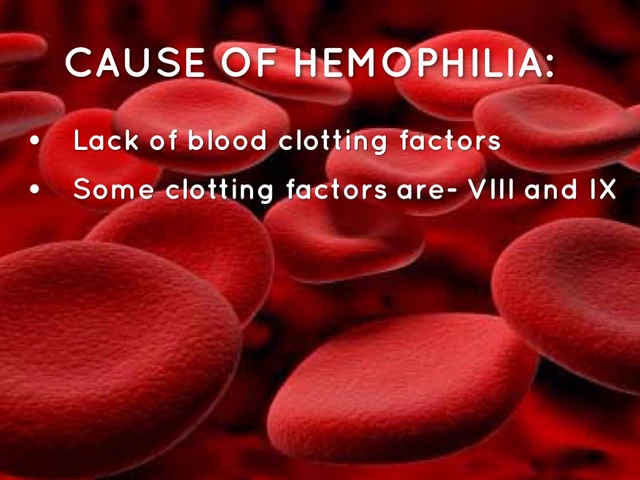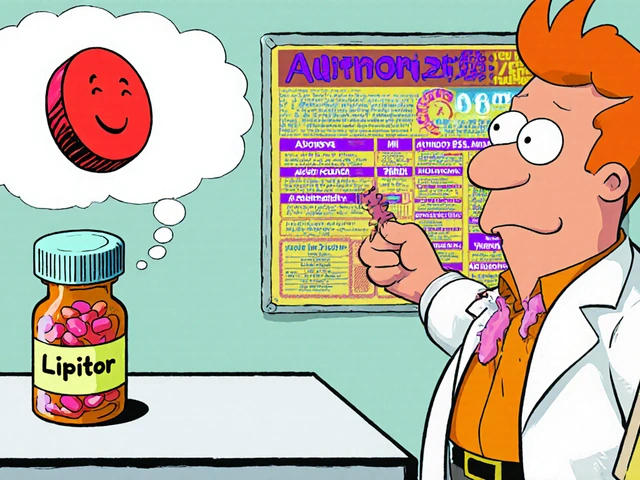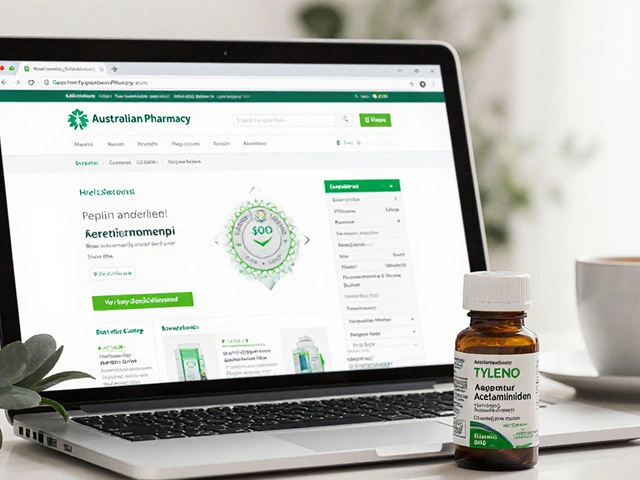Inflammation: What It Is and How to Manage It
Inflammation is your body's first response to injury or infection — it's useful short-term but harmful when it sticks around. You’ll want to know the difference between acute inflammation (think a sprained ankle) and chronic inflammation (think ongoing joint pain or fatigue). This page gives clear, practical steps to reduce inflammation safely and where medicines fit in.
Common causes and signs
Acute inflammation follows a clear event: infection, a cut, or a strain. It shows up fast with redness, warmth, swelling, and pain. Chronic inflammation often develops slowly and quietly: persistent aches, digestive issues, brain fog, or unexplained tiredness. Risk factors include obesity, smoking, poor sleep, chronic infections, and some autoimmune diseases.
Drug options and safety basics
Over-the-counter options: ibuprofen and naproxen reduce inflammation and pain; acetaminophen eases pain but is not anti-inflammatory. Use OTC NSAIDs at the lowest effective dose for the shortest time. They can irritate the stomach, raise blood pressure, and affect kidneys — avoid long-term use without medical advice, especially if you take blood thinners or have heart or kidney issues.
Topical NSAIDs (gels or patches) work well for localized pain like tendon or joint soreness and carry fewer systemic risks. Short courses of oral corticosteroids help severe flares, but steroids have notable side effects if used long-term (weight gain, bone thinning, mood changes). For autoimmune or chronic inflammatory conditions, doctors may prescribe DMARDs or biologics — these are powerful and require monitoring by a specialist.
Supplements and OTC aids: omega-3 fish oil has consistent, modest evidence for lowering inflammation. Turmeric/curcumin shows promise but results vary and it can interact with blood thinners. Don’t rely on supplements as your only plan; talk to a clinician first.
Lifestyle moves that actually help: follow a Mediterranean-style diet rich in vegetables, whole grains, and healthy fats; move regularly with a mix of cardio and strength work; prioritize sleep and stress management; and quit smoking. Even a 5-10% weight loss can cut inflammation markers in many people.
When to see a doctor: high fever, rapidly spreading redness, severe or worsening pain, signs of infection, or symptoms that last more than a few weeks. Also see a doctor if you need pain medicine daily — that suggests a deeper problem that needs testing and a safer long-term plan.
Final practical tip: avoid mixing pain medicines without guidance (for example, some OTC combos double up on acetaminophen). If you’re starting a new anti-inflammatory or supplement and take other drugs, check for interactions. Small changes in diet, sleep, and activity often reduce inflammation a lot — medications help too, but the safest route is a plan made with your healthcare provider.





